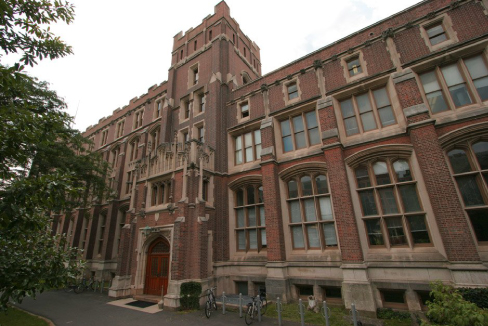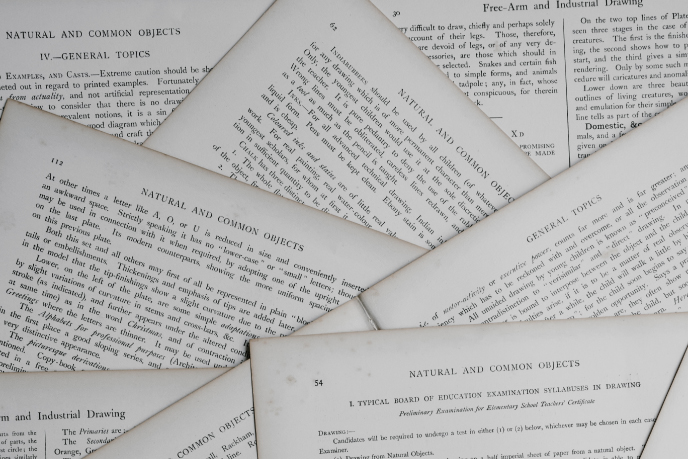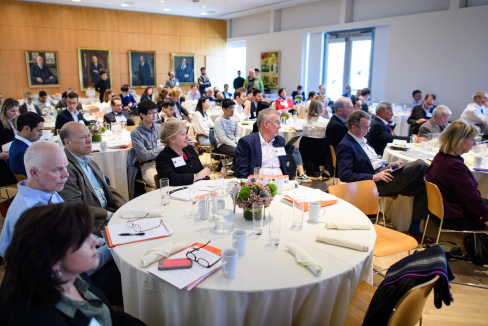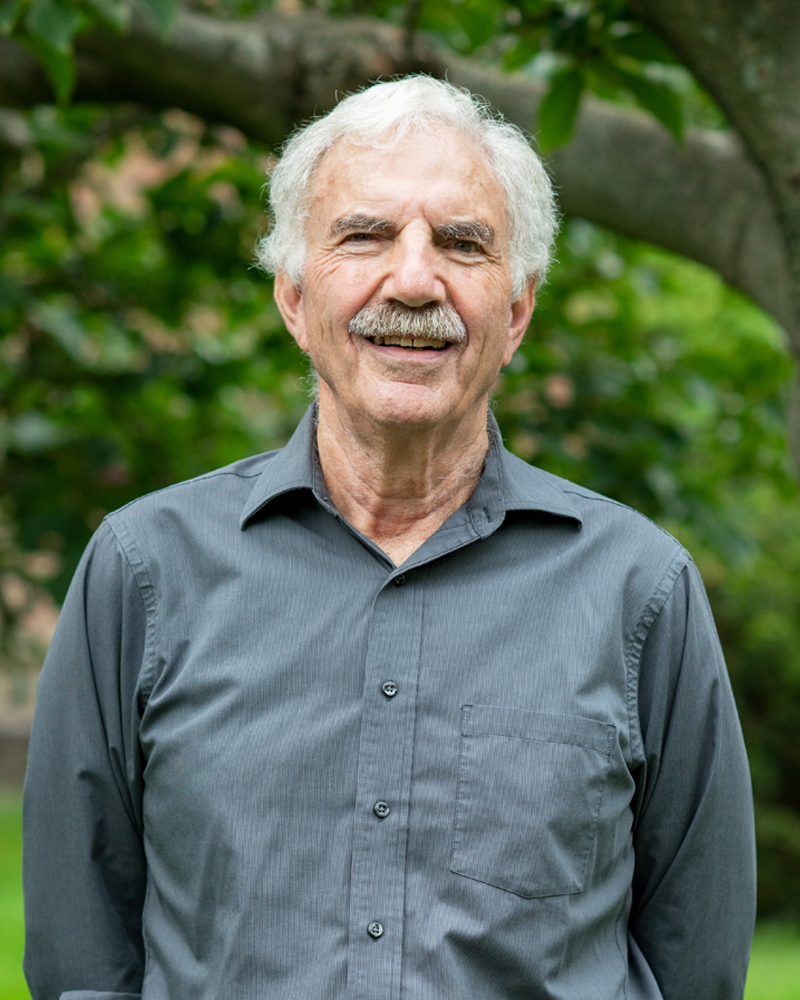Principal Investigator
At a Glance
Recent advances in instrumentation enable independent measurement of leaf photosynthesis and respiration rates, giving insight into leaf metabolism to model carbon uptake from the biosphere.
Research Highlight
Until recently, the gross rates of photosynthesis and respiration by leaves (how much carbon is adsorbed versus how much released) was immeasurable in sunlight; instead, only the net rate of carbon assimilation was measurable. Using an instrument and methods developed over several years (see Figure 1.3), it is now possible to study differences of leaf respiration rates in the light and in the dark, and infer the causes for differences in these rates. The instrument is centered around a mass spectrometer that makes ultra-high precision measurements of the oxygen O2 concentration of air (rises due to photosynthesis, falls due to respiration). It also measures the abundance of an isotope tracer of O2 that is unaffected by respiration and reflects the gross rate of photosynthesis. The measured rates of photosynthesis and respiration record basic plant processes, allowing for the calculation of other properties that describe the function of leaves. David Medvigy, a plant modeler working with Michael Bender and postdoctoral associate Paul Gauthier, has begun installing new processes in his models with guidance from these experiments. This work to date confirms the basic paradigm of photosynthesis and respiration in leaves that is used in all models of the land biosphere. It also suggests an important modification associated with the fact that the process of respiration slows down in the light, and reveals the mechanistic basis for this slowdown.

The ultimate goal of this work is to measure rates of photosynthesis and respiration in leaves, interpret the biochemical controls on these processes, use the data to characterize net carbon dioxide (CO2) uptake by leaves, and implement the new insights into models of the land biosphere. These models are basic tools that are used to estimate how the land biosphere will change with time in global warming scenarios. The results of these studies are being implemented into models used to formulate policies for the management of forests and grasslands. They may have implications for agricultural yields as well.
Experiments performed with these innovative methods will help advance understanding of a range of basic processes, including the movement of CO2 molecules in leaves, activities of photosynthetic enzymes, and the efficiency of different modes of carbon fixation, in addition to photosynthesis and respiration.




